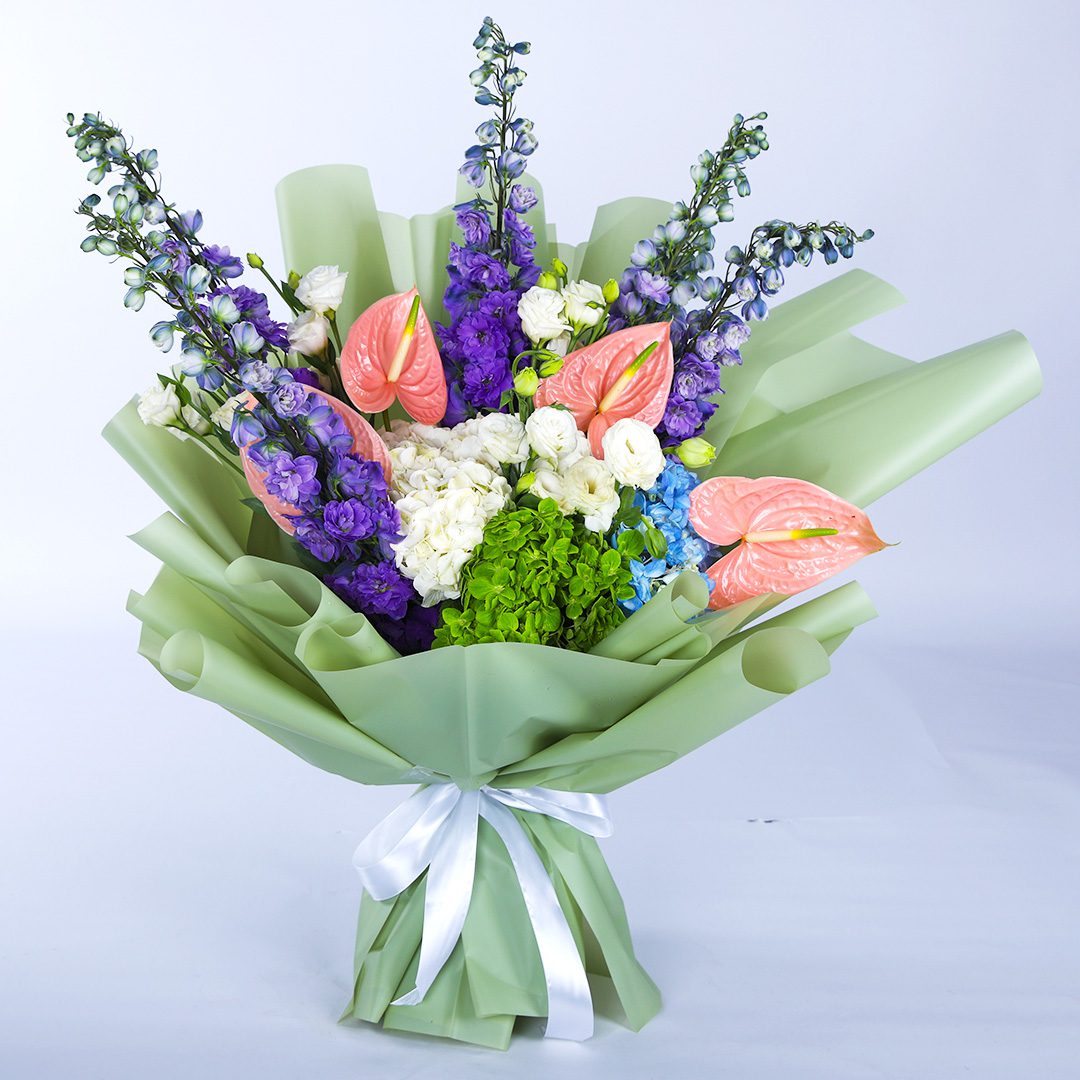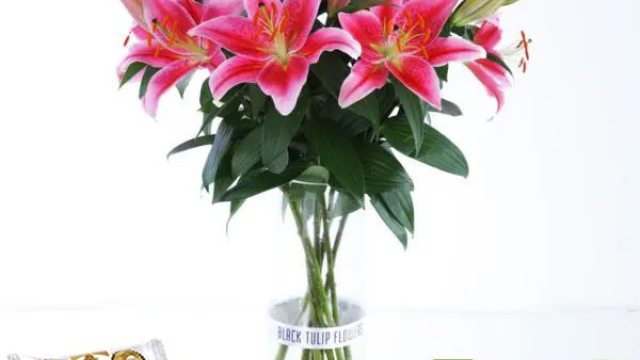Women’s Day, celebrated globally on March 8th, is a special occasion to honor and appreciate the remarkable women in our lives. One of the most popular ways to express love and gratitude on this day is by gifting flowers. But did you know that the tradition of giving flowers on Women’s Day has a fascinating history that reflects the changing role of women in society? In this blog post, we’ll explore the evolution of Women’s Day flowers, from its humble beginnings to its current empowering significance.
Women’s Day, celebrated globally on March 8th, is a remarkable occasion that transcends borders and cultures. It’s a day when we come together to honor and appreciate the incredible women in our lives, acknowledging their achievements, resilience, and contributions to society. Among the myriad ways to express love and gratitude on this special day, there is one age-old tradition that has stood the test of time and continues to evolve—gifting flowers.
But did you ever wonder about the intriguing history behind the tradition of giving flowers on Women’s Day? It’s a history that tells a captivating tale of how this simple act of floral gifting has grown from its humble beginnings, rooted in the labor and women’s rights movements, to become a symbol of empowerment and appreciation in our modern world.
In this blog post, we invite you on a journey through time, exploring the fascinating evolution of Women’s Day flowers. We’ll unravel the historical threads that weave together the labor movement, international activism, and the powerful symbolism of flowers. Together, we’ll uncover how this tradition has transformed, from being a symbol of protest and solidarity to a means of celebrating the accomplishments of women and supporting their economic empowerment.
So, join us as we dive deep into the history and significance of Women’s Day flowers, and discover how this tradition has blossomed into a beautiful testament to the progress and empowerment of women worldwide.
The Early Roots of Women’s Day Flowers
The tradition of celebrating Women’s Day with flowers can be traced back to the early 20th century. It all began with the labor and women’s rights movements. In 1908, 15,000 women marched through New York City demanding better working conditions, shorter hours, and the right to vote. The following year, the first National Women’s Day was celebrated in the United States on February 28th.
International Women’s Day Takes Shape
The idea of an international day dedicated to women’s rights gained momentum when Clara Zetkin, a German socialist, proposed the concept at the International Women’s Conference in 1910. It was unanimously approved, and International Women’s Day was born. The first official International Women’s Day was celebrated on March 19, 1911, in Austria, Denmark, Germany, and Switzerland. Women across these countries demanded the right to work, vote, and hold public office.

Flowers as a Symbol of Solidarity
Flowers have long been symbols of beauty and fragility, but they also carry a powerful message of solidarity and strength. The use of flowers as a symbol for Women’s Day dates back to the early celebrations. In 1908, women participating in the New York march carried red roses as a symbol of their struggle. Red, in particular, became associated with the labor and women’s movements, symbolizing courage and determination.
The Soviet Influence
The Soviet Union played a significant role in shaping the way Women’s Day was celebrated, including the use of flowers. In 1917, Russian women began a strike for “Bread and Peace” during World War I. This strike marked the beginning of the Russian Revolution, and it ultimately led to the overthrow of the tsarist regime. The Soviet government declared International Women’s Day a national holiday, and it was celebrated with great enthusiasm. Red flowers, especially tulips and carnations, became synonymous with the occasion, symbolizing the blood that women had shed in their fight for equality.
A Global Celebration
Over the years, International Women’s Day spread to other countries and regions, each adding its own unique traditions and customs. Flowers continued to play a central role in these celebrations, with different countries adopting their own floral symbols. For example, in Italy, mimosa flowers became a popular choice due to their bright yellow color and delicate fragrance.
Related Read – Choosing Women’s Day Flowers Thoughtfully
Empowering Women Through Flowers
As International Women’s Day evolved, so did the significance of Women’s Day flowers. What started as a symbol of protest and solidarity has transformed into a means of empowerment and appreciation. Today, giving flowers on Women’s Day is a way to recognize and honor the achievements of women in all walks of life.

The Power of Choice
One of the most important aspects of Women’s Day flowers is the power of choice. It’s not just about giving any flowers; it’s about selecting blooms that carry meaning and convey your message. When you choose flowers thoughtfully, you’re not only celebrating the women in your life but also acknowledging their individuality and accomplishments.
Celebrating Achievements
Women’s Day flowers have become a way to celebrate the achievements of women. Whether it’s a bouquet of vibrant roses for your mother, a bunch of daisies for your daughter, or a mixed arrangement for your colleague, each flower symbolizes appreciation for the unique contributions of women.
Supporting Women-Owned Businesses
Empowerment also means supporting women-owned businesses. When you purchase flowers from a local florist run by women entrepreneurs, you contribute to the economic empowerment of women in your community. It’s a small gesture that can have a big impact.
The Language of Flowers
Flowers have a universal language that transcends words. Different flowers convey different emotions and sentiments. When you choose flowers for Women’s Day, consider the message you want to send:
- Roses: Red roses symbolize love and admiration, while yellow roses represent friendship and joy. Pink roses convey gratitude and admiration.
- Tulips: Red tulips are associated with true love, while yellow tulips represent cheerful thoughts and sunshine.
- Lilies: White lilies symbolize purity and virtue, making them a meaningful choice for honoring strong and virtuous women.
Final Thoughts
The tradition of giving flowers on Women’s Day has come a long way from its early roots in the labor and women’s rights movements. Today, it’s a celebration of women’s achievements, a gesture of appreciation, and a symbol of empowerment. So, this Women’s Day, when you choose to give flowers to the special women in your life, remember the rich history and meaning behind this beautiful tradition. Let your flowers speak the language of love, admiration, and support, and let them be a reflection of the progress and empowerment of women worldwide.
Read next blog – Rise of LED Neon Flex in Dubai




